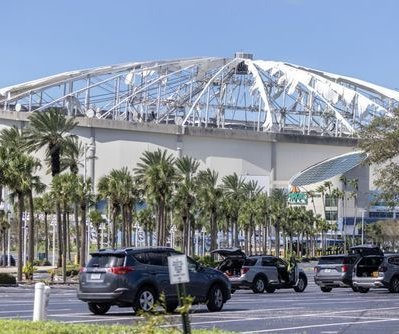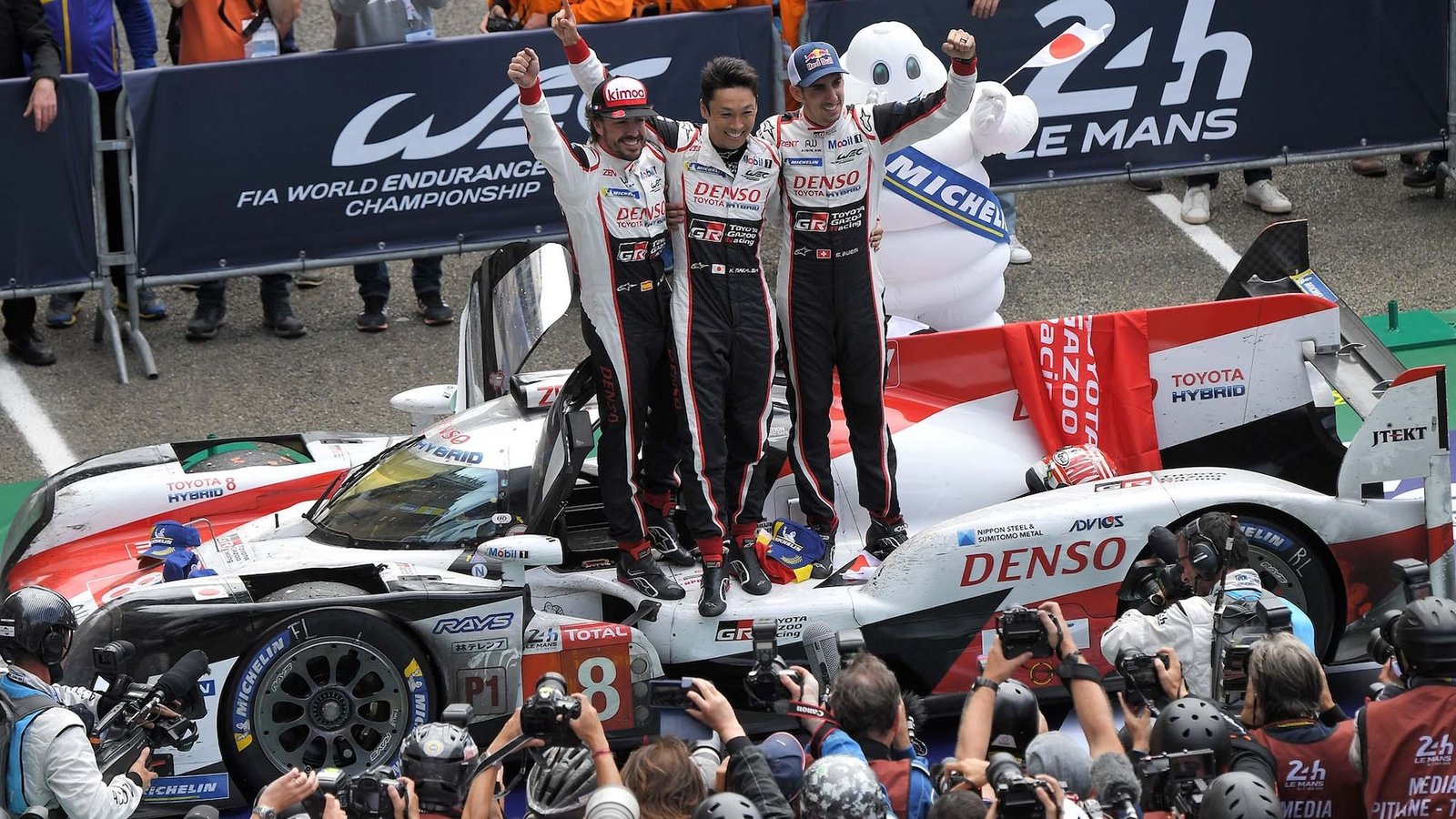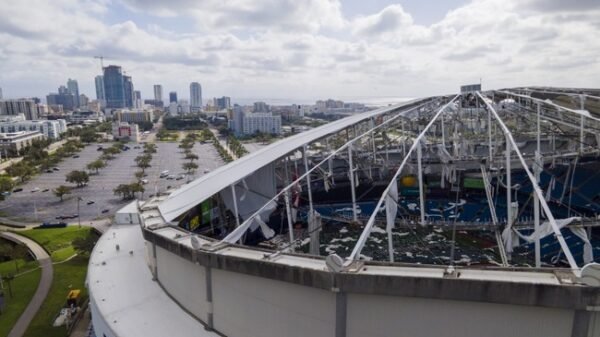It first started to have interaction with the worldwide motorsports group in races at residence earlier than increasing to worldwide occasions over the course of the following a number of many years.
Since then, the automaker has dabbled in almost each type of competitors, together with WRC, CART, Components 1, NASCAR, and SCORE off-road occasions. Buoyed by distinctive gross sales world wide, Toyota has poured a few of its struggle chest into the event, engineering, and help of intriguing and groundbreaking designs engineered to dominate tarmac, rally phases, or dusty desert mesas.
You don’t lay down a legacy like that with out constructing a number of the most iconic racing equipment in historical past. (Or a few of the most iconic sports cars.) Listed below are our picks for the perfect Toyota race automobiles—and vehicles—of all time.
Toyota 7
Toyota’s official entry into motorsports wasn’t only a single mannequin, however in truth a collection of race automobiles that campaigned underneath the “Toyota 7” banner. The challenge was overseen by each Toyota and Yamaha, following their earlier profitable collaboration on the 2000GT coupe, and it took its identify from the FIA Group 7 racing collection it was aimed toward.
The primary Toyota 7 was referred to as the 415S, and this two-seat racer featured an aluminum-block DOHC V-8 engine good for roughly 300 horsepower. Initially campaigned on the Japan Grand Prix in 1968, the automotive received a number of endurance races later that very same yr and remained in competitors all through 1969.
Subsequent up was the 474S, which tagged in Daihatsu for additional aero growth. Boosting the displacement of its V-8 to five.0 liters upped its output to greater than 500 hp, making the Toyota 7 a way more harmful rival for each home rivals Nissan and worldwide entries from Porsche.
Lastly, there was the 578A (proven above), a real monster that turned to turbocharging to provide scary quantities of energy (after creating new fan blades for the Garrett AiResearch turbos from Inconel alloy that would stand as much as the extreme warmth produced throughout competitors). The dual-turbo design delivered an official 800 hp, however challenge engineers have been candid that the setup was good for greater than 1,000 horses—all in a package deal smaller than a contemporary Toyota Yaris hatchback.
Sadly, the 578A by no means noticed the grid, a sufferer of the cancellation of the 1970 Japanese Grand Prix and a high-profile crash throughout testing that led to accusations of a cover-up in the course of the investigation. This resulted in Toyota’s withdrawal from worldwide racing shortly thereafter.
Toyota Celica GT-4 ST185 WRC
There are few, if any, rally automobiles that may declare the identical type of World Rally Championship racing success because the ST185-generation Toyota Celica GT-4. To this point, the all-wheel-drive turbocharged hatchback stays the one mannequin to win three totally different drivers three consecutive world titles. (It additionally wore an iconic Castrol livery Toyota just paid homage to.) Not solely that, however the ST185 continued to evolve throughout these glory years within the early ’90s, sharpening its claws till a serious scandal knocked Toyota out of competitors.
Befitting Toyota’s repute on the time, the Celica GT-4 was lauded for its excellent reliability. The wins piled up thanks largely to the intense engineering assets Toyota invested within the 300-hp four-cylinder Celica, scouring Europe for the perfect obtainable chassis designers to assist put collectively an unshakable platform.
The automotive claimed its first title in 1990 with Carlos Sainz behind the wheel, and it managed a second-place end the next yr. It was in 1992, nonetheless, that the streak started: Sainz claimed his second title, adopted by Juha Kankkunen (1993) after which Didier Auriol (1994), an unprecedented and to this point unequaled achievement in WRC.
After which, catastrophe: Toyota was stripped of its 1995 season factors and banned from WRC for a full yr after an inspection revealed that the Celica was outfitted with an turbo restrictor plate cheat that FIA officers labeled essentially the most subtle rule breaking the sanctioning physique had ever seen. The subsequent-generation ST205 Celica continued to compete for personal staff house owners, however Toyota’s lengthy reign on the prime of the game had come to an finish.
Toyota Trophy Truck Chassis #010 / #015
Ivan “Ironman” Stewart was a long-time manufacturing unit driver for Toyota in off-road racing, having spent the higher a part of the Eighties racking up wins for the automaker in Southern California Off-Street Fanatics (SCORE) competitors in Toyota Trophy Truck chassis quantity 010. These included the Baja 500 in 1984, 1986, and 1989, a development of success that continued into the next decade with wins in 1990, 1991, and 1992.
At that time, it was time for Toyota to introduce chassis quantity 015. Loosely primarily based on the T100 pickup, the 1993 model of the Trophy Truck was just like its predecessor and featured a V-6 engine, a carbon-fiber and Kevlar physique, and an aluminum chassis.
It was clear Toyota’s Trophy Truck was almost unbeatable with Stewart behind the wheel, however the Limitless Class champion was about to drag off one of the dominant years in off-road-racing historical past. Stewart’s Toyota truck claimed not simply the Baja 500 and Nevada 400 general wins, but in addition the Baja 1000 general championship, a feat made much more spectacular by the truth that Stewart drove your entire race himself. He would repeat on the Baja 1000 in 1998, additionally behind the wheel of a Toyota Trophy Truck (this time with a Lexus-derived V-8 engine).
Toyota Tundra NASCAR Craftsman Truck Collection
Toyota entered NASCAR competitors in 2004, concentrating on the Craftsman Truck racing collection. Inside a handful of years, it received its first championship, with Todd Bodine taking the checkered flag a dozen occasions and giving Toyota its first main title in American oval racing.
The Craftsman Truck adhered to the usual NASCAR formulation, which meant its solely actual relation to the street-legal Tundra was the identify and the sticker package deal slapped onto its composite bodywork. The tube-frame chassis was motivated by a 5.8-liter pushrod V-8 engine delivering as much as 700 hp, fed to a live-axle suspension setup on the rear, and managed by a four-speed handbook gearbox.
What makes the Craftsman Tundra a major car for Toyota is that it not solely led to a different dozen championships in that collection, nevertheless it additionally served because the launching pad for Toyota’s participation within the top-tier NASCAR Cup collection. This raised the automaker’s profile significantly amongst motorsports followers, reaching a beforehand untapped buyer base and serving to to scrub away a number of the stink from a poor Components 1 effort in roughly the identical period.
Toyota TS040 Hybrid
Toyota’s lengthy historical past with hybrid drivetrain growth finally made its technique to the monitor, and its most profitable interval started with its Le Mans Prototype program within the early 2010s. After second-place finishes within the 2012 and 2013 producer’s championship with the TS030 Hybrid, Toyota smoothed out the automotive’s form and put in a pair of kinetic vitality restoration methods to create the TS040 Hybrid. With 986 hp on faucet when combining its V-8 engine and electrical motors, the Hybrid additionally featured a sequential seven-speed transmission.
A pair of TS040 Hybrids dominated the LMP1 class for a lot of the 2014 season. The TS040 proved to be a dependable finisher, claiming 11 podium spots, 4 pole positions, and 5 victories. This was sufficient to assert first general within the 2014 World Endurance Championship (WEC), Toyota’s greatest end to that time in prototype racing, and though the automotive solely managed a 3rd general end the next yr, it helped lay the groundwork for future LMP1 success.
Toyota TS050 Hybrid
The TS050 Hybrid got down to conquer the highest-profile race in all of sports activities automotive racing—Le Mans—and after a pair years of FIA competitors to shake the bugs out (together with a considerable redesign of its bodywork and aerodynamics), in 2018 it achieved its objective.
After which it did it once more. And once more. By the point the TS050 was retired as a consequence of a shift in WEC laws, it had received Le Mans an distinctive 3 times, together with ending 1–2 in each 2018 and 2019. This was on prime of a pair of constructor’s championships and driver’s championships (2018–2019 and 2019–2020, respectively).
The all-wheel-drive TS050 featured the identical horsepower because the TS040, nevertheless it included an upgraded lithium-ion vitality storage system, a higher-voltage electrical drivetrain, and higher general warmth administration. Many of those upgrades got here from the conclusion that profitable Le Mans required a sturdy automotive as a lot because it did a quick one, resulting in a give attention to reliability that in the end delivered the outcomes Toyota was on the lookout for.
Toyota Yaris WRC
The outrageously extroverted exterior of the Toyota Yaris WRC is hard to hyperlink to the shrinking-violet character of its roadgoing, subcompact hatchback equal. That aero-and grip-fed glow-up resulted in Toyota’s return to the highest of the World Rally standings after almost twenty years following its departure from the collection within the Nineteen Nineties.
Between 2017 and 2021, the Yaris WRC was virtually unstoppable, claiming not simply three out of 5 attainable driver’s championships throughout that interval, however almost half of the producer’s titles, as nicely (2018 and 2021). The automotive itself was developed with substantial enter from longtime rally star Tommi Mäkinen, and it received 26 races throughout its five-year reign of terror.
The Toyota Yaris WRC featured a turbocharged four-cylinder engine good for almost 400 hp, a six-speed transmission, and naturally all-wheel drive with three energetic differentials. The formulation was so profitable, Toyota delayed introducing its successor, the Toyota GR Yaris Rally1, till 2022, which added a hybrid battery and electrical motor to its turbocharged drivetrain.























































